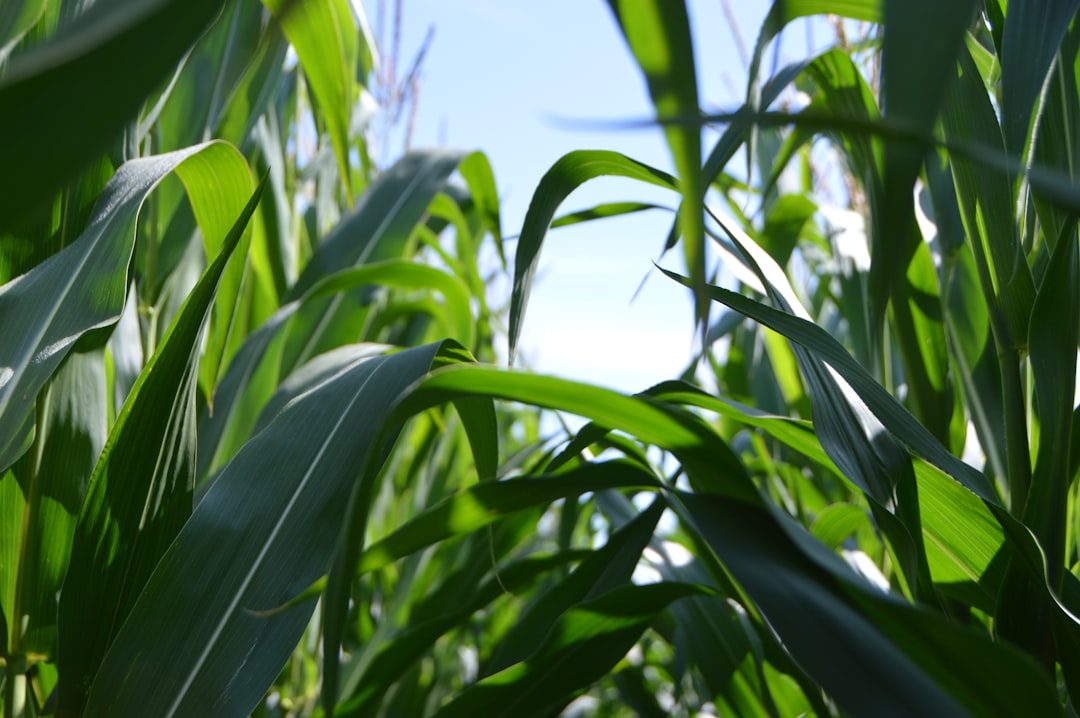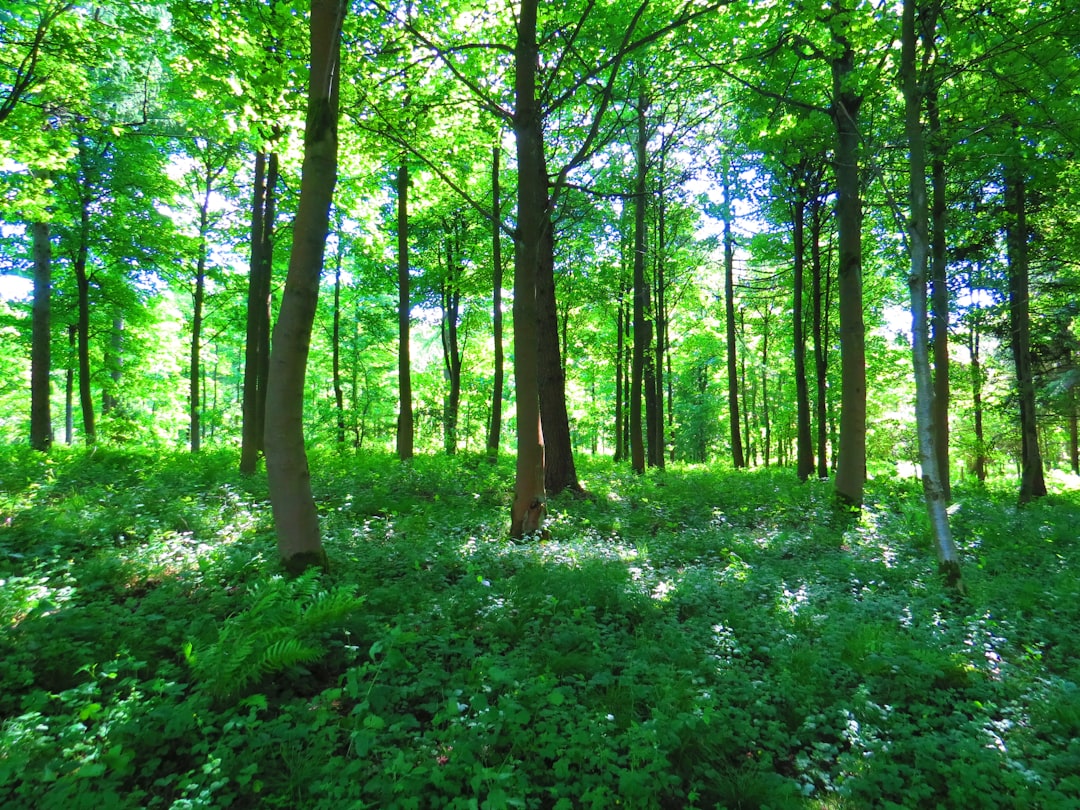What is it about?
Pollen production is key to flowering plant reproduction, and control of pollen flow is an important issue in thinking about GMO plants and environmental contamination. Anthers are the structure in which pollen develops, and we discuss how anthers achieve their shape and functions to support pollen maturation. We focus on the earliest stages of anther biology and include discussion of many male-sterile mutants that might be employed to disrupt pollen production.
Featured Image
Why is it important?
Pollination is required to make seeds, our major food source. Control of pollen maturation allows production of hybrid seed that farmers grow to increase yield of many crops. Elimination of pollen production, through use of male sterile mutants, could be used to control or eliminate movement of GMO pollen into the environment.
Perspectives
First major review on the early stages of anther development, after a decade of research breakthroughs uncovering novel mechanisms that link the environment to plant cell decisions during anther development.
Professor Virginia Walbot
Stanford University
Read the Original
This page is a summary of: Pre-Meiotic Anther Development: Cell Fate Specification and Differentiation, Annual Review of Plant Biology, April 2016, Annual Reviews,
DOI: 10.1146/annurev-arplant-043015-111804.
You can read the full text:
Contributors
The following have contributed to this page










